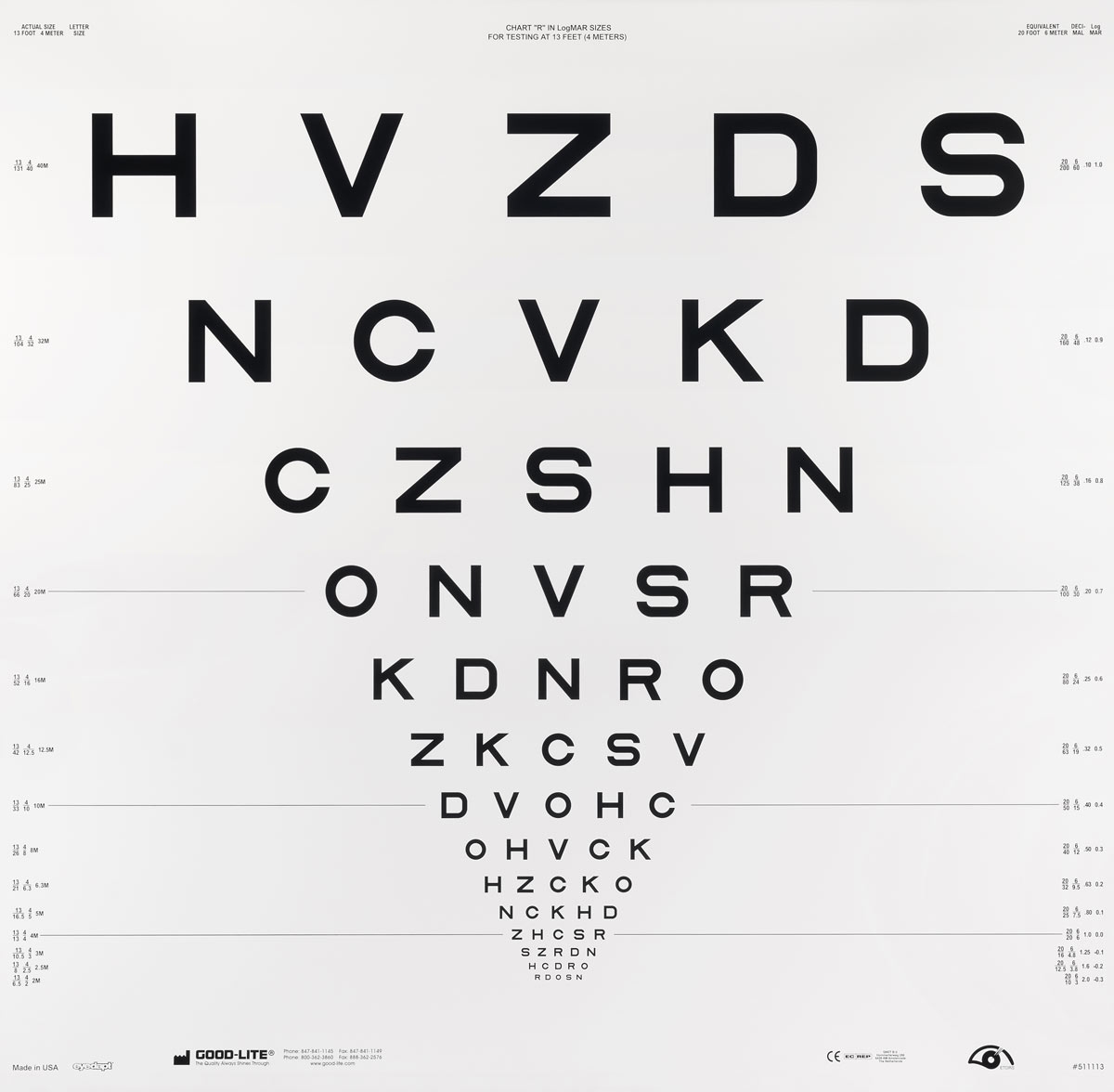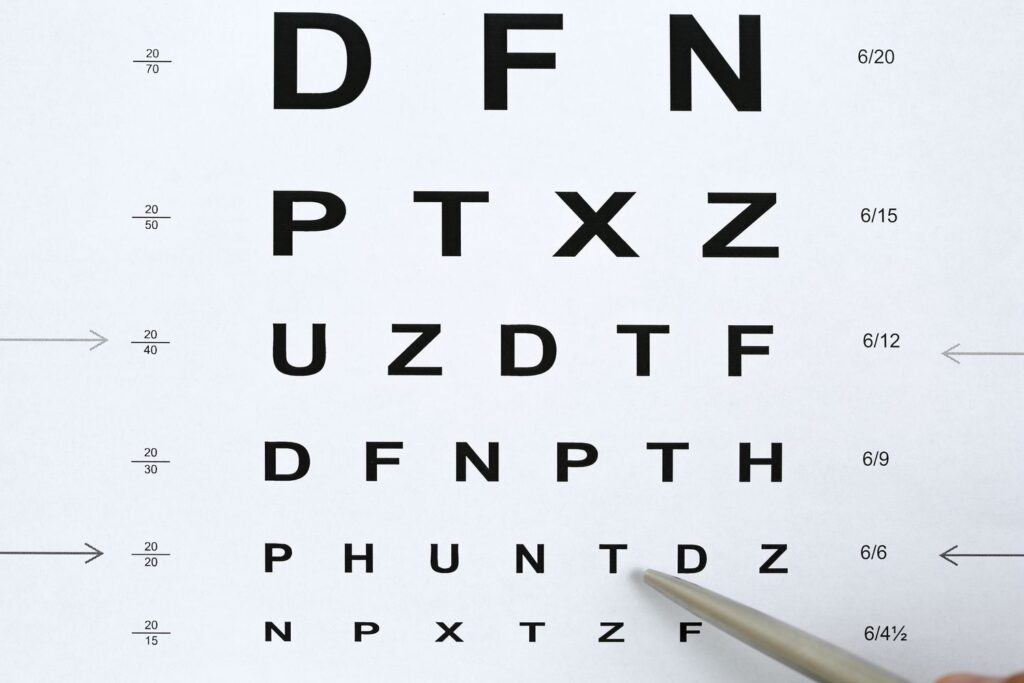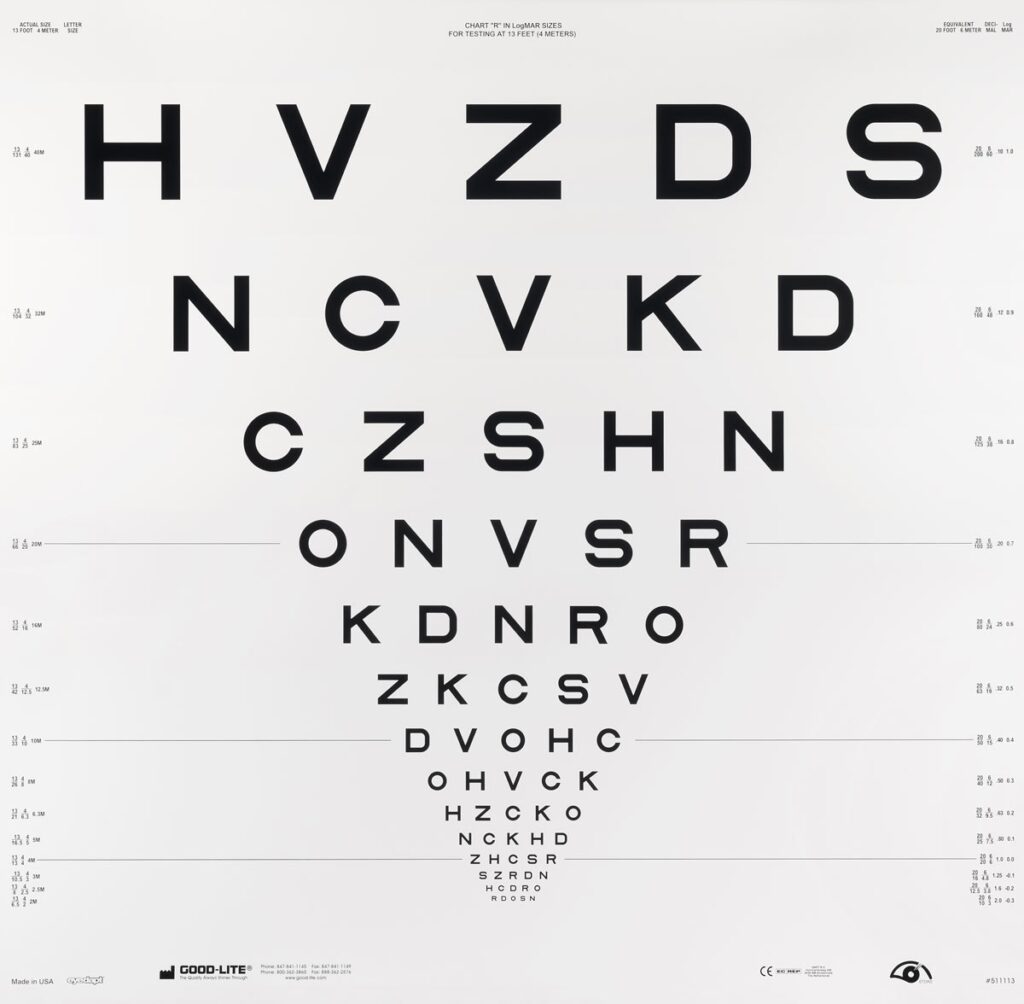Letters Not On Eye Charts is a widely used tool in optometry and ophthalmology to determine an individual’s visual acuity. The most common kind of eye chart is the Snellen chart, which consists of letters arranged in rows of reducing size. The chart is usually put at a standard distance from the individual being evaluated, and the individual is asked to read the smallest line of letters that they can see plainly. The outcomes of the test are usually recorded as a portion, with the distance at which the chart is placed being the numerator and the tiniest line of letters that the person can read being the denominator.
Letters Not On Eye Charts are a practical and simple method for individuals to test their own vision at home. These charts can be found online and can be printed out on standard printer paper. Printable charts can also be used by eye care professionals as a simple and quick method to determine visual acuity throughout a client’s preliminary examination. They can likewise be used to track modifications in vision with time.
Letters Not On Eye Charts
When using a Letters Not On Eye Charts, it is essential to make certain that the chart is printed at the appropriate size and that the distance between the chart and your eyes is the same as the distance specified on the chart. It is also crucial to have great lighting and to evaluate each eye individually. To get the most precise outcomes, it is recommended to have somebody else read the chart to you, as self-reading can cause errors.
It is crucial to seek advice from an eye care specialist if you have difficulty reading the smallest line of letters on a Letters Not On Eye Charts. If there is a problem with your vision that requires to be dealt with, they can carry out a more comprehensive assessment and determine. This may consist of a prescription for glasses or contact lenses, or advanced treatments such as laser surgical treatment.
Get Letters Not On Eye Charts
Eye Chart Facts The Snellen Eye Chart Of Vision Acuity
In summary, Letters Not On Eye Charts is a widely used tool in optometry and ophthalmology to measure a person’s visual acuity, and printable variations can be found online. They are a simple and hassle-free method for people to check their own vision at home and for eye care professionals to measure visual acuity during a patient’s initial evaluation. It is essential to make certain that the chart is printed at the right size and that the distance in between the chart and your eyes is the same as the distance specified on the chart, If you have trouble reading the smallest line of letters on a printable eye chart, it is very important to consult an eye care specialist.
Fonts Typefaces Typography I Love Typography ILT



